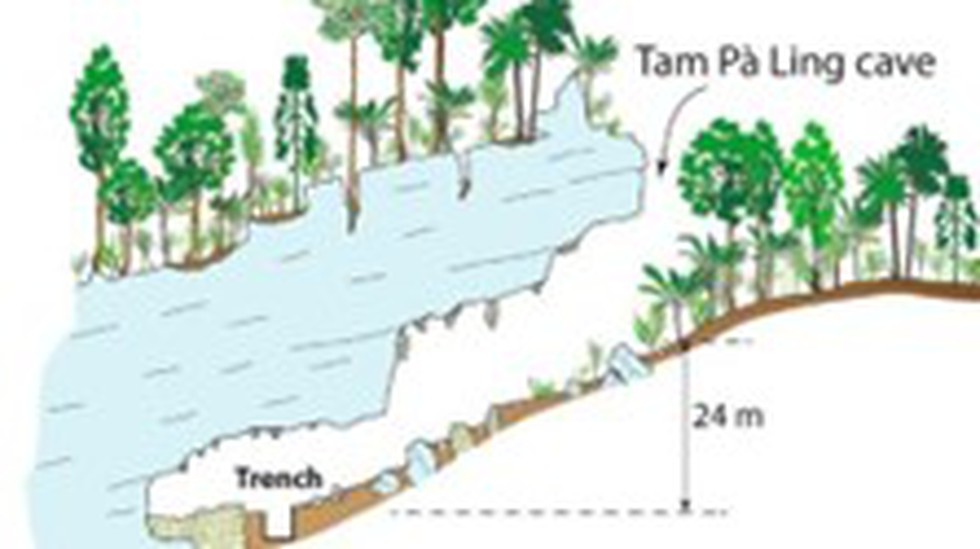Key findings:
- It revealed that humans were present in the vicinity of Tam Pà Ling Cave for roughly 56,000 years.
- It also confirmed that, far from reflecting a rapid dump of sediments, the site contains sediments that accumulated steadily over some 86,000 years.
- The age of the lowest fossil, a fragment of a leg bone found seven metres deep, suggests modern humans arrived in this region between 86,000 and 68,000 years ago.
- Even researchers found a toothsome 150,000 years old belonging to a Denisovan.
- This suggests the site may lie on a previously used dispersal route among hominins.
Key Facts about Tam Pà Ling Cave
- It is a sloping cave situated high in the Annamite mountain range in Northern Laos.
- The stratigraphy of the site indicates formation by periodic slope wash deposition from the muddy slope at the entrance of the cave.
Who are Denisovans?
- They are extinct human relatives otherwise known only from remains found in Siberia and Tibet.
- They lived lakhs of years ago, coexisting with Neanderthals in some regions and interbreeding with early modern humans in some cases.
- They were first identified as a separate species in 2010, following the discovery of a fragment of a finger bone and two teeth, dating back to about 40,000 years ago, in the Denisovan Cave in Siberia.
